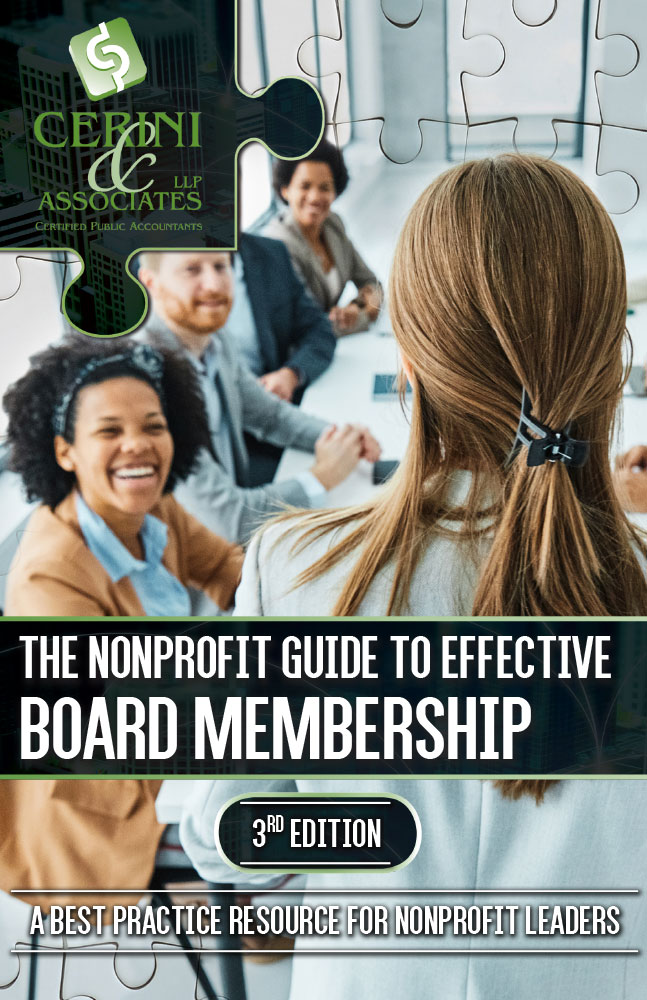Board meetings should be structured effectively to allow board members to connect with the mission of the organization and encourage a commitment to achieving organizational goals. Some practices that contribute to effective board meetings include time management, a clear agenda, prioritization, preparation, and a diverse board with appropriate turnover.
An effective board meeting begins with appropriate time management. A consent agenda including items that require formal board approval, but no further discussion, should be used to reduce time spent on ancillary tasks. With less time spent on passive agenda items, the board will remain engaged with more critical issues. A meeting agenda should be formulated to prioritize tasks, and an appropriate amount of time should be allotted to discuss and debate each matter. Items that require a board vote should be highlighted to ensure they are addressed. Prior to the board meeting, the agenda, supporting information for discussion items, and any other relevant data should be distributed to board members with ample time to prepare and formulate their thoughts. All board members should consider it their responsibility to review the material provided and come to the meeting prepared.
The Board Chair and Chief Executive of the organization should communicate and work together to determine the key agenda items and make sure that all board members are prepared to discuss the important issues when they attend the meeting. The Chief Executive should contribute items to the agenda that the board would otherwise be unaware of, such as organizational challenges and triumphs, risks, and other prospective matters.
The composition of the board, including the number of board members, essential skills possessed, and board terms will also help board meetings be productive and support the organization in meeting its goals. The size of the board should strike a balance between different professional and personal experiences, while still affording everyone the opportunity to be involved in the decision making process. A small board may be limited in perspective and could place too much burden on each individual. A large board will be more diverse but less likely to make decisions quickly and adjust to change. With a large board, committees can be used to focus on specific areas and report to the entire board, thus streamlining the level of time needed to vet out issues.
In addition to board members having knowledge of the organization and its industry, a board should be comprised of members that collectively possess budgeting, financial management, fundraising, human resources, and legal skills. The nominating committee, or existing members of the board, should seek potential members to adequately represent all skills.
Managing the composition of a board’s skills, experience, and education is an ongoing process. The board should evaluate its current status and plan for the future by considering the length of time members and officers have served. Continuity of board members brings historical knowledge of the organization which can be useful in future decision making. Alternatively, turnover results in fresh ideas and a different approach to reaching organizational goals. In general, it is a best practice to limit board terms to allow for a rotation of board members that will have something additional to bring to the table.
Effective board meetings are essential to meeting an organization’s mission. A detailed agenda for board meetings that allows enough time to discuss key items and a consent agenda for other non-essential items is a start to making sure meetings are kept on course. Having a diverse board with varied skills and experience, and enough turnover in board members to introduce fresh perspectives, fosters discussion and new ideas, which lead to positive impact for an organization.






